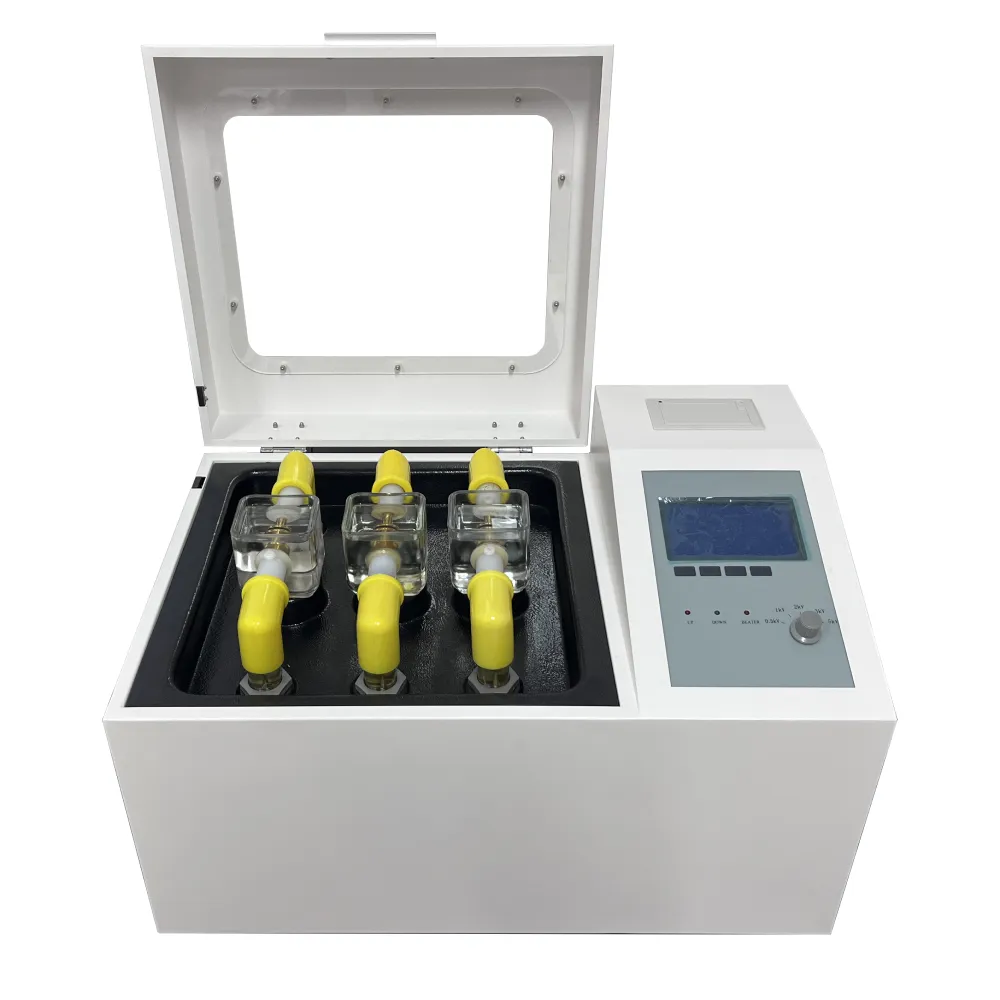 English
English


Analyzing Test Results for Tan Delta and Its Implications in Material Performance
Understanding Test Tan Delta A Key Parameter in Electrical Insulation
In the realm of electrical engineering, one critical factor determining the integrity and reliability of insulation materials is the tan delta, also known as the loss tangent. This parameter plays a significant role in assessing the performance of electrical insulation systems, particularly in high voltage applications. It is a measure of energy loss in an insulating material and is defined as the ratio of the resistive (real) component of the current to the reactive (imaginary) component. Understanding test tan delta is paramount for engineers and technicians tasked with ensuring the longevity and safety of electrical equipment.
The tan delta test is performed using specialized instruments that subject insulation samples or complete electrical systems to an alternating current (AC) voltage. By measuring the current that flows through the insulation relative to the applied voltage, technicians can calculate the tan delta value. This value is expressed as a dimensionless number ranging from zero to one, where lower values indicate better insulation quality and lower energy losses. Generally, a tan delta value below 0.5% is considered acceptable for high-quality insulation, while higher values may signal potential problems, such as moisture ingress, insulation degradation, or contamination.
A high tan delta can be indicative of various issues within the insulation system. For instance, if the insulation material has absorbed moisture, the presence of water can significantly increase the conductive paths available within the dielectric material, leading to higher energy loss and potentially catastrophic failures. Additionally, as insulation ages, its chemical composition may change, leading to increased electrical losses that manifest as higher tan delta readings.
test tan delta

Regular testing of tan delta is essential in preventive maintenance programs for electrical equipment. By performing these tests at scheduled intervals, operators can track changes in insulation performance over time. This proactive approach enables the early detection of insulation issues, allowing for timely interventions that prevent equipment failure and improve overall system reliability.
Moreover, tan delta testing contributes to compliance with international standards and regulations governing electrical safety and performance. Many industries, including power generation, manufacturing, and transportation, depend on the integrity of electrical insulation systems. Hence, maintaining stringent testing protocols and monitoring tan delta values is crucial for operational safety and efficiency.
In conclusion, understanding and monitoring test tan delta is indispensable for ensuring the reliability of electrical insulation systems. By regularly assessing this parameter, engineers can diagnose potential issues before they escalate, enhancing the longevity of electrical assets while ensuring safety and performance in high voltage applications. The tan delta test is not just a diagnostic tool; it is a critical component of effective electrical maintenance strategies that safeguard both equipment and personnel.
-
Differences between open cup flash point tester and closed cup flash point testerNewsOct.31,2024
-
The Reliable Load Tap ChangerNewsOct.23,2024
-
The Essential Guide to Hipot TestersNewsOct.23,2024
-
The Digital Insulation TesterNewsOct.23,2024
-
The Best Earth Loop Impedance Tester for SaleNewsOct.23,2024
-
Tan Delta Tester--The Essential Tool for Electrical Insulation TestingNewsOct.23,2024





